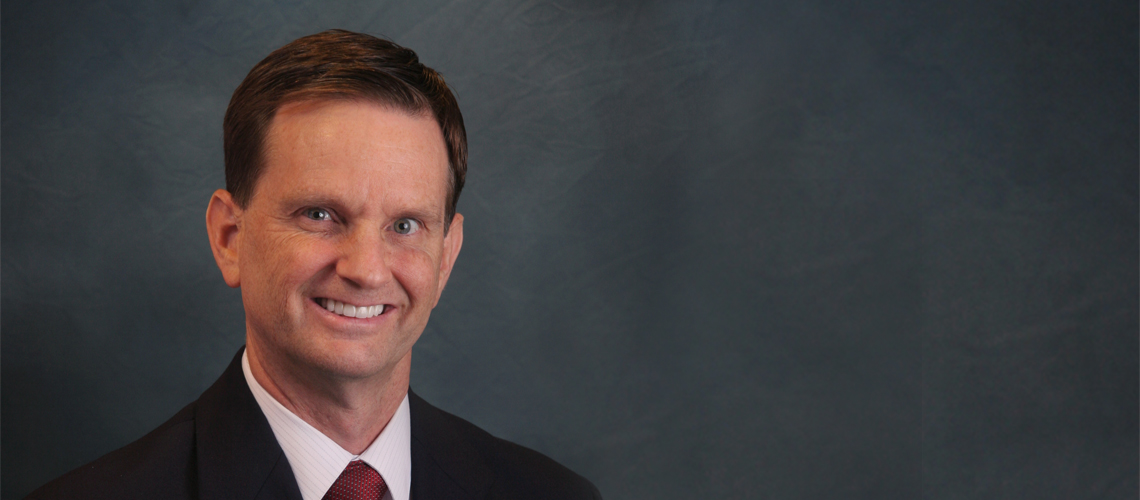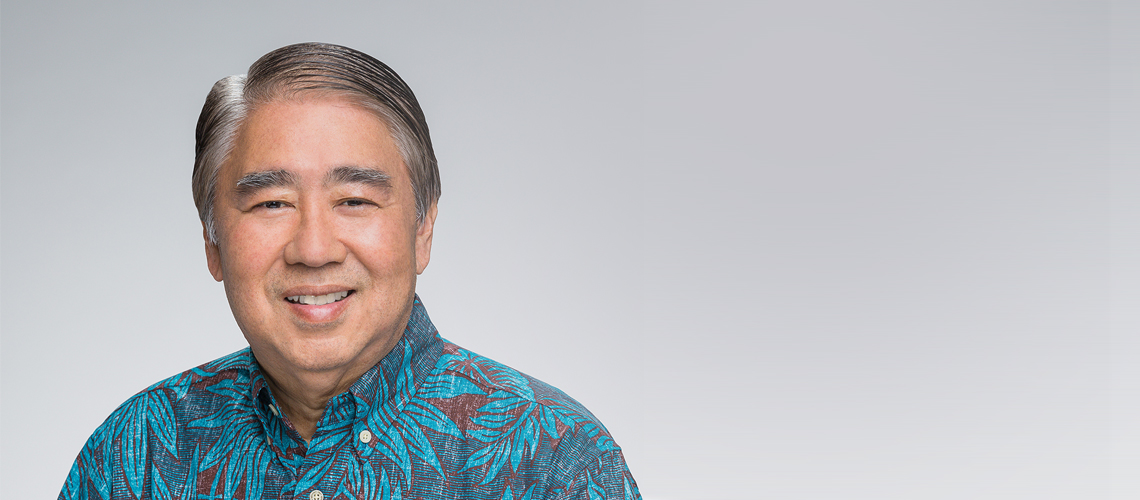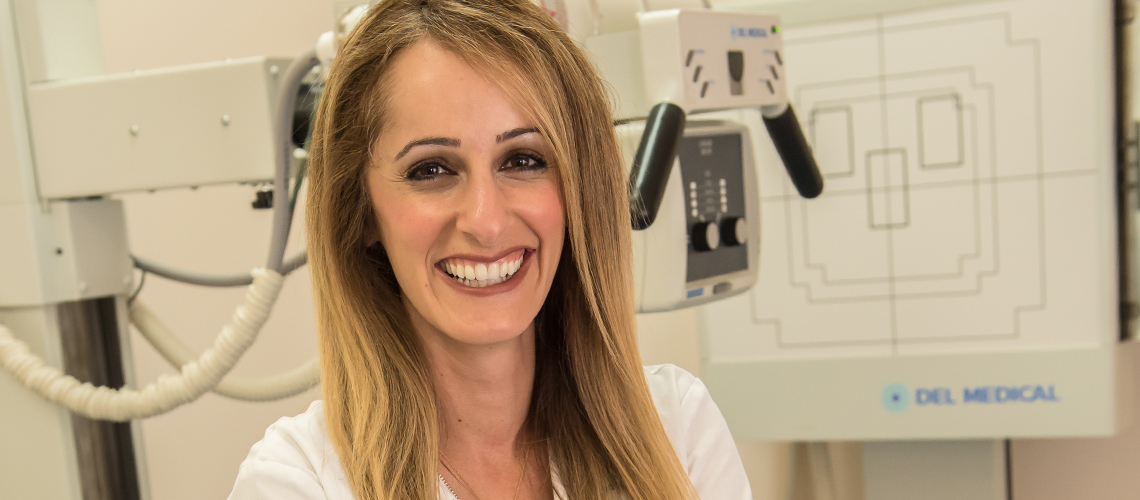On Consumer-driven Health Care
Consumer-driven health care options typically include high-deductible health plans and health savings accounts. For employers, a higher deductible means employees are responsible for a greater amount of their initial health care costs. For their employees, the benefit comes in lower monthly premiums.
High-deductible plans are attractive to employers because it means managing less of the insurance cost. On the employee side, both high-deductible health plans and health savings accounts encourage employees to be more mindful about their health and more involved in making decisions for the best-value care.
These plans are successful at their primary goal of reducing employer spending on health care. And although this reduction is relatively modest, even a small difference in expenses can be the difference between being in the red and being in the black for many businesses.
Consumer-driven health care plans also save money for employees who are generally healthy, because those employees don’t need to spend as much on their premiums and rarely make use of care. This allows those employees to put the money they save from the lack of hospitalizations and doctor’s visits right into their pockets.
On Paying for Outcomes, Not Services
The switch to value-based reimbursement turns the traditional model of health care reimbursement on its head, causing providers to change the way they bill for care. Instead of being paid by the number of visits and tests they order, providers’ payments are now based on the value of care they deliver. This change is long overdue and quite exciting because it’s driving improvements to the delivery of care by mandating better care at a lower cost.
There is growing consensus that transitioning to outcomes-based payment is fundamental to driving cost-reducing innovation among health care providers and achieving a financially sustainable health care system. The outcome-based payment model is one focused on delivering the best patient outcomes at the lowest possible cost.
How have trends within the work force influenced the health care industry?
As employers integrate their training programs with corporate outcomes and goals, they must ensure that participants apply what they learned and use their skills in the workplace to meet those aims. Staff know that patient care is vital in health care organizations, but they also must understand and embrace the benefits of employee engagement, leadership development and strategic planning.
HR recruiters, in collaboration with IT and other departments, must be prepared to design programs that will teach health care workers to properly and effectively use these technologies.
Although the advancement of technology has positive effects on our ability to provide care in a more effective and efficient manner, residents still continue to place value and meaning in their interactions and engagement with their doctors, caregivers and other providers. It is evident that placing an emphasis on the human side of care delivery is more important now than it ever has been.
According to the State of Hawai‘i’s Department of Health, employees spend approximately 36 percent of their total waking hours at work. This makes the worksite an ideal place to provide employees with the knowledge and skills needed to help improve attitudes and behaviors concerning health. The goal is to build wellness and healthy living into the work day by making positive changes in the workplace.

















